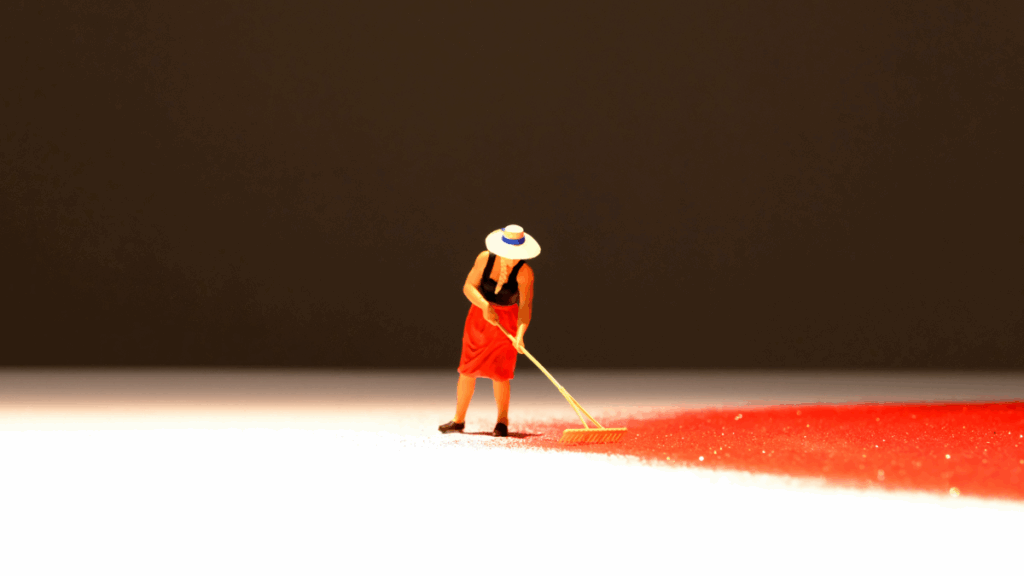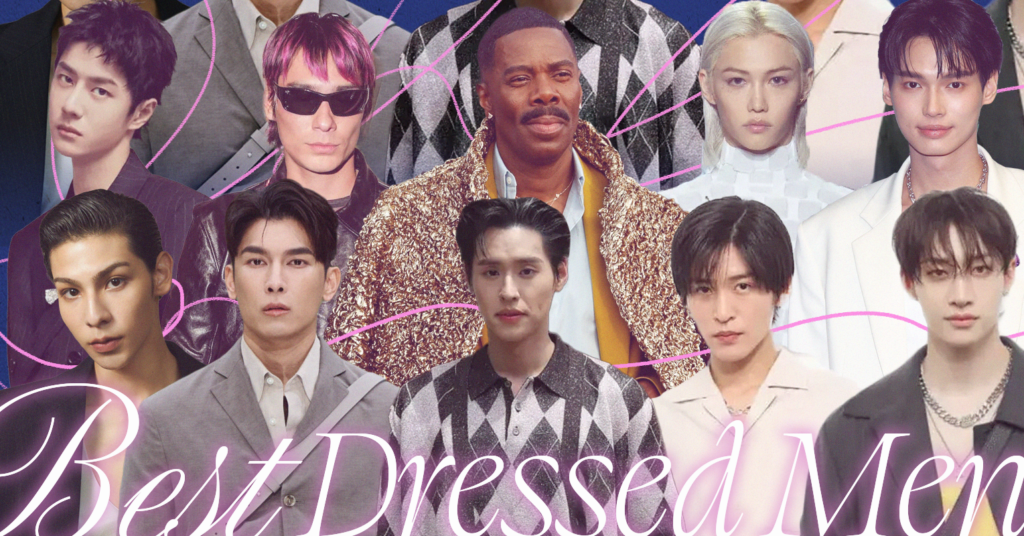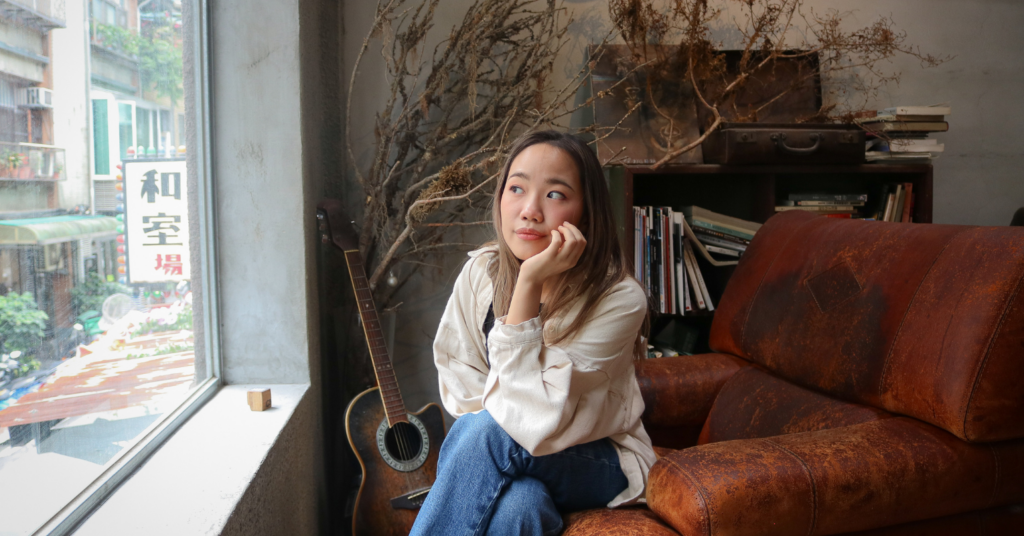Inside AAJA New York’s Exclusive Party at the MET
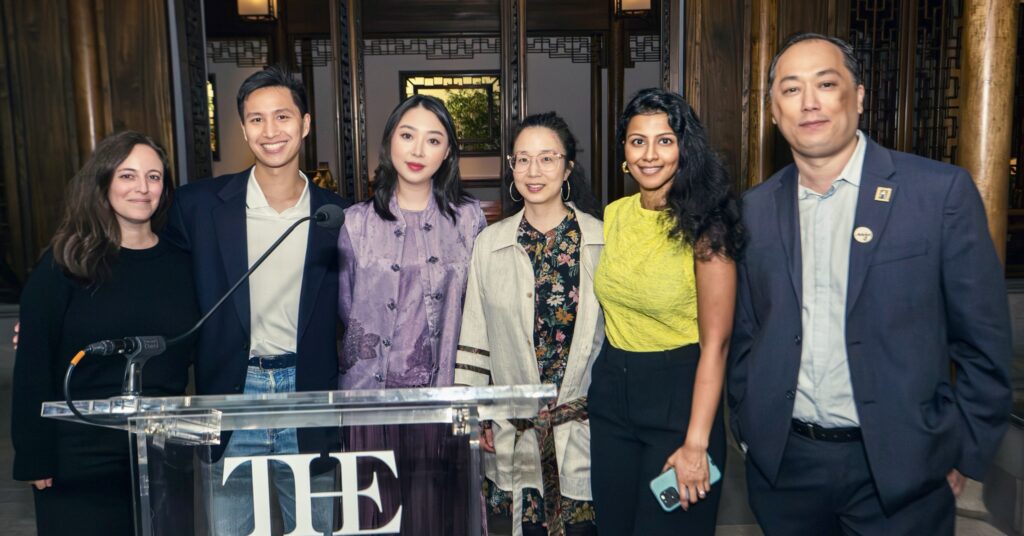
At the Metropolitan Museum of Art after hours, over a hundred journalists came together for an evening of celebration and unity. Past the Asian Art Galleries and through a moon-shaped gate, the Astor Chinese Garden Court was brought to life through AAJA (Asian American Journalists Association) New York’s cocktail reception on September 23.
“I wish you all to enjoy this evening, celebrate our shared purpose in honoring the power of storytelling in this critical moment of history,” said AAJA NY president Tina Wang to commence the night’s festivities.
In a time of declining press freedom in the United States, Wang emphasized the purpose of AAJA to connect, mentor, and empower Asian journalists.
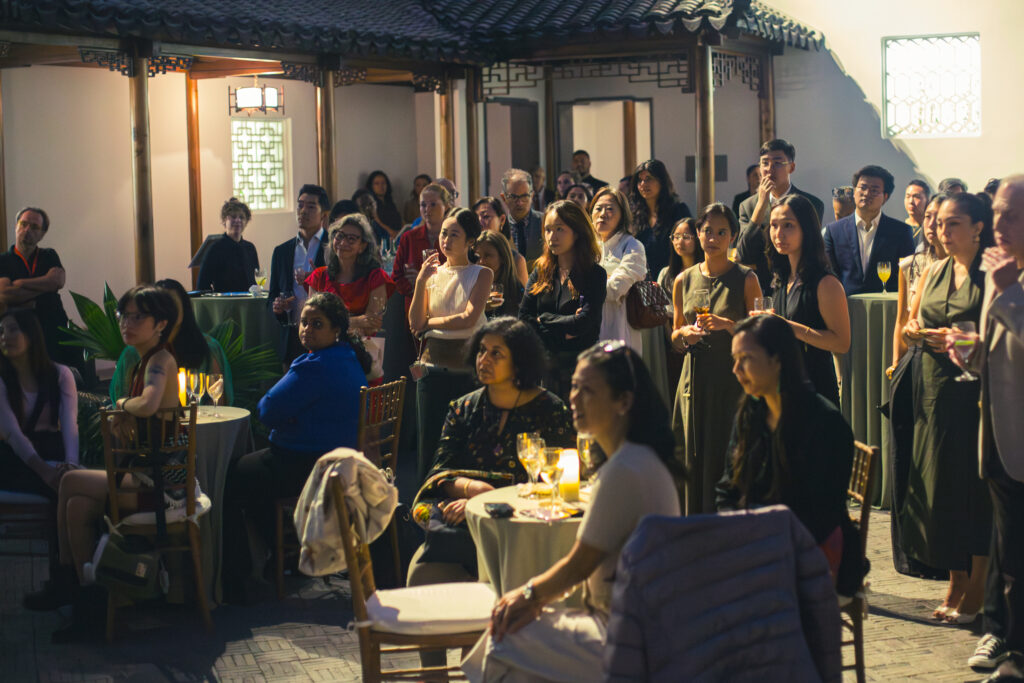
“We are living at a critical moment, when immigration and globalization are under strain. Seeing [the Astor Court] garden reminds me why cultural exchange matters—and why access to other cultures’ histories and traditions should not be a privilege, but something shared, taught, and celebrated by all,” Wang said.
With a winding walkway, Taihu rocks, and ginkgo latticework, the space is reminiscent of Ming-style courtyards. Tables were set along the grey tiles, leaving the most space in front of the courtyard’s open pavilion. Moonlight cast down on the attendees through a clear, pyramidal roof, adding to the garden’s artistic splendor.
The night consisted of an open cocktail bar, Asian cuisine-inspired hors d’oeuvres, and plenty of mingling. Guests represented media powerhouses like ABC News and the New York Times, along with members of the renowned Gold Journalism Accelerator.
Meanwhile, Pengliang Lu — curator of Recasting the Past: The Art of Chinese Bronzes, 1100–1900 — hosted a private tour of the exhibit. The theme of “return to the past” is explored through the revival of bronze casting as a major art form in China. In ancient times, bronze was mainly used for food and wine containers, symbolizing ritual authority and power to those who possessed it. Later bronzes adapted “antique shapes and decorative motifs,” serving new functions as incense burners, flower vases, and scholarly objects. Additional artifacts on display included paintings, calligraphy, and ceramics. Though its time at the MET has concluded, the exhibit is set to debut at the Shanghai Museum in a few months.
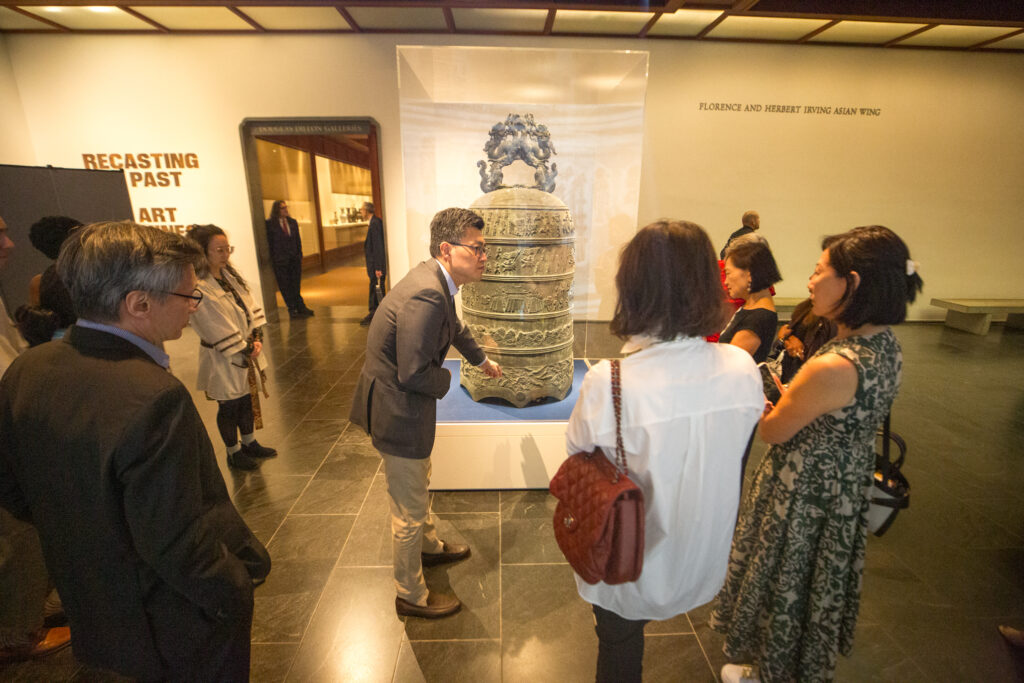
Ann Bailis, the Head of Communications at the MET, spoke on the symbolism of holding AAJA NY’s event at the Aster Court.
“The MET, of course, is a very natural place for this kind of conversation. It’s where worlds come together, and we see points of connection, points of opportunities to learn more about each other, different backgrounds. There are infinite stories to be told,” said Bailis.
AAJA New York are hosting a number of events this fall. To see what’s in store, be sure to check out their calendar and Instagram!
Interested in learning more about events in NYC? Check out EnVi’s latest piece on the UNSEEN exhibition here!
